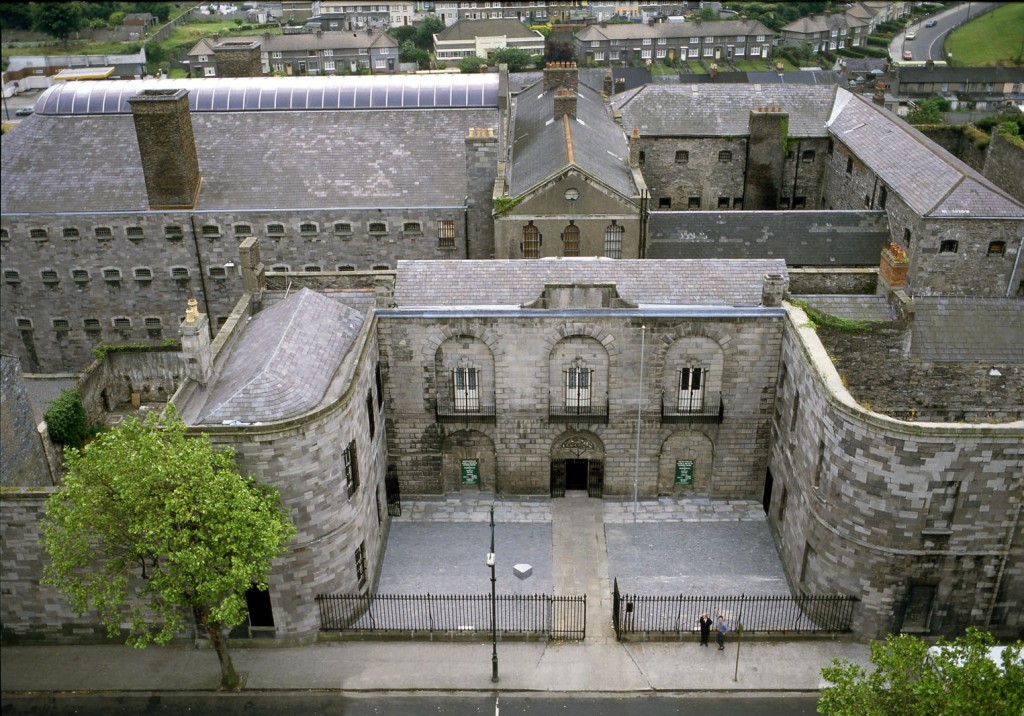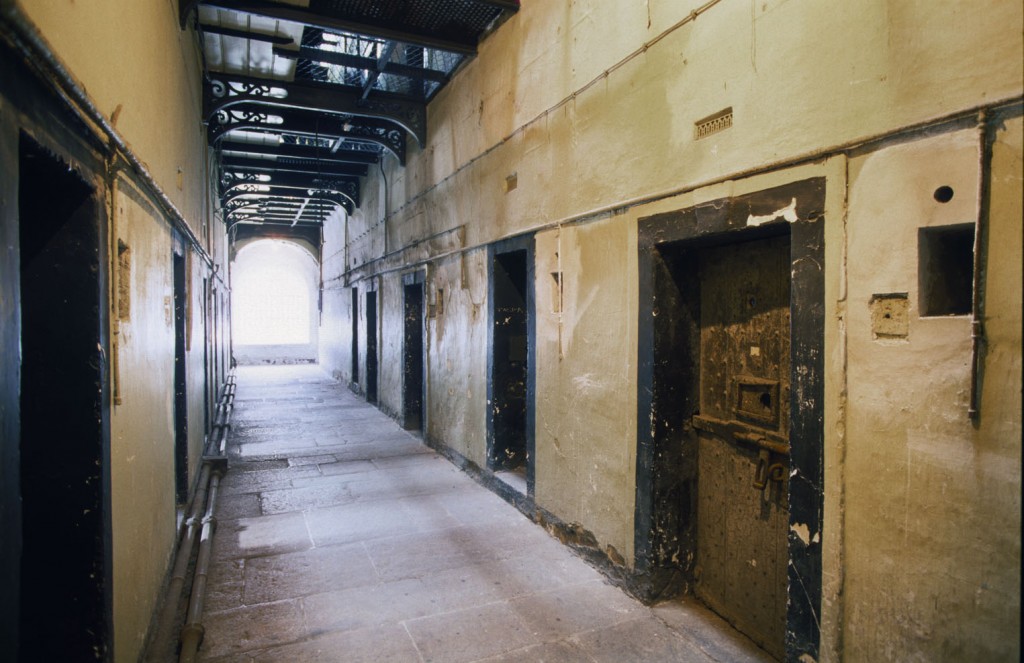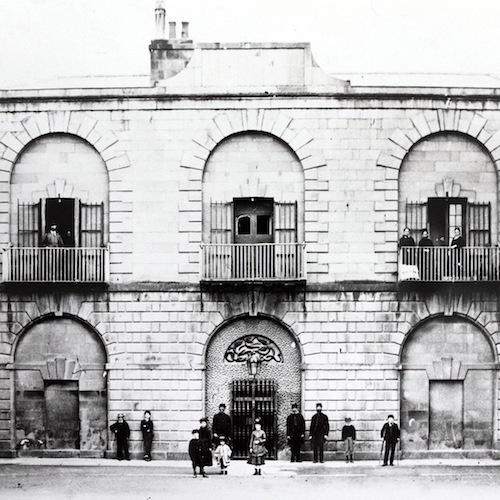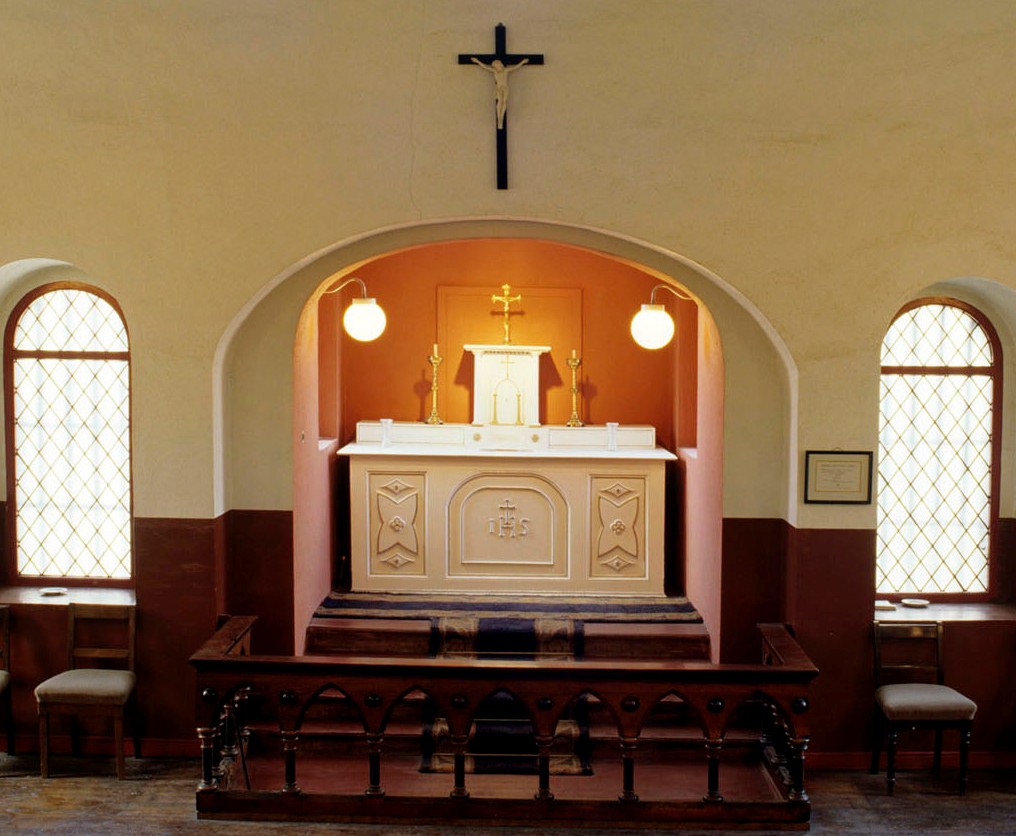KILMAINHAM GAOL: GET TO KNOW DUBLIN’S HISTORIC PRISON
Dublin is a city full of stories and superstitions that have populated the imagination of its people for centuries. However, some of them are more real than others. Kilmainham Gaol is a museum today. When inaugurated in 1796, it was the scene of arrests of notorious figures and all kinds of torture. Are you curious to know more about Kilmainham Gaol? Get to know this historic Dublin prison here!

–
READ MORE: 15 Tips to learn English alone
–
Also known as the “New Prison”, it housed mainly the men and women who fought against the English occupation in Ireland in the war of independence. There were also convictions for other crimes and even children. There was no electricity, no glass in the windows. In the winter many prisoners suffered in the cold and died.
The east wing of Kilmainham Gaol was opened in 1864. There are 3 floors with corridors and stairs leading to the cells. The west wing is the oldest and very different from the east wing. Its structure is narrow with dark corridors, with tight cells where the prisoners were waiting for the moment of their execution.

During the Great Famine of 1845, which struck the entire population of Ireland and was caused by a fungus that attacked the potato plantations, many people committed crimes to be arrested and had at least one guaranteed meal.
Kilmainham Gaol had a rigid protocol, based on the principles of separation and silence, in order to compel prisoners to rethink their deeds and read the Bible. So they spent most of their time isolated in their cells.
Eventually, the prison began to exceed its stocking limits. The cell that was once individual, housed five people, regardless of gender or age. Especially in the period when it housed convicts who would be deported to other countries.

All the executed prisoners were thrown into a common grave, amid a heap of bodies, without a coffin or identification.
The Kilmainham Gaol Chapel is simple, monastic but full of history. Joseph Plunkett, poet, journalist and one of the leaders of the Easter Revolt of 1916 married Grace Gifford, artist, cartoonist, and activist of the Republican movement. That, just before he was shot.

The historic prison in Dublin welcomes thousands of visitors from all over the world. They are people interested in the troubled history of Ireland, the incredible architecture of Kilmainham Gaol and also the spirits who say they cross walls, haunt the cells and corridors.
When you make your Irish exchange with SEDA College, visit Kilmainham Gaol, challenge your fears and unravel the mysteries of Dublin’s historic prison. Find out more about the tourist spot in http://kilmainhamgaolmuseum.ie/.





